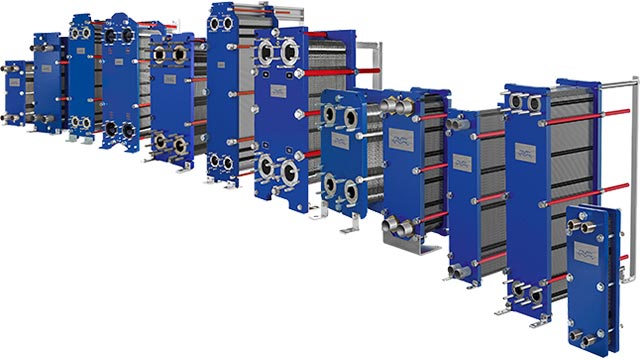Atık Isı Geri Kazanımı Enerji Maliyetlerini ve Karbon Emisyonlarını Nasıl Azalttı?
Geleneksel operasyonlarda, bir soğutucu (chiller) elektrik enerjisi tüketerek soğutulmuş su üretir ve yoğunlaştırıcıdan çıkan ısı (atık ısı) bir soğutma kulesi aracılığıyla atmosfere salınır. Bu durum, elektrik tüketimini artırır ve soğutucu yükünü desteklemek için ek enerji gereksinimleri doğurur; ayrıca ısıtma ve sıcak su üretimi için ekstra enerji gerekir.
TARİH 2025-11-18Based in Poseung, South Korea, this global Electronics company’s chiller capacity demands were substantial, with 3.5kW per refrigeration ton (RT) produced in waste heat. They needed a more energy efficient solution that would better align with ESG initiatives and global sustainability objectives.
Simultaneous heating and cooling is required
Because their current system relies heavily on local ambient temperatures, cooling demands in summer are high and heating demands are low (and vice versa in winter). This means that they needed a system that could fulfil both heating and cooling requirements simultaneously. In this case, where the cooler is operating 24/7, the waste heat could cover a large portion of the heating and hot water demand thanks to waste heat recovery.
How do they work with waste heat recovery
With an Alfa Laval TS35 heat recovery heat exchanger placed in the chiller condenser water line, hot water could be produced at approximately 39 °C. This is then supplied to the FAB Outside Air Conditioner/Air Handling Unit (OAC), where it can be used for preheating and humidity control. After transferring the thermal energy, this water returns to 30 °C and is reintegrated into the cooling cycle. This not only saves our customer important electricity costs, but it also reduces the thermal load on the chiller and cooling tower, improving overall system efficiency, and extending equipment lifecycle. Reducing the thermal load on the cooling tower also reduces the risk of overloading during high temperature seasons, stabilising this customer’s overall operations.
Energy savings with heat exchanger as primary heat resource
As the original OAC system works using a large volume of outside air, it requires extra heat to function during winter and transitional months. This extra heating was met using steam from a steam heat exchanger. But, thanks to their new heat recovery system, an Alfa Laval TS35 heat exchanger was used to replace steam as their primary heat source. And, because they already have a steam heat exchanger in production, when higher temperatures are required, this can be used as an auxiliary source.
In total, this increased temperature flexibility made it possible for our customer to recover 25-30Gcal/ day in waste heat, saving 15 tonnes of steam each day. This equates to several hundred million KRW in fuel costs.

